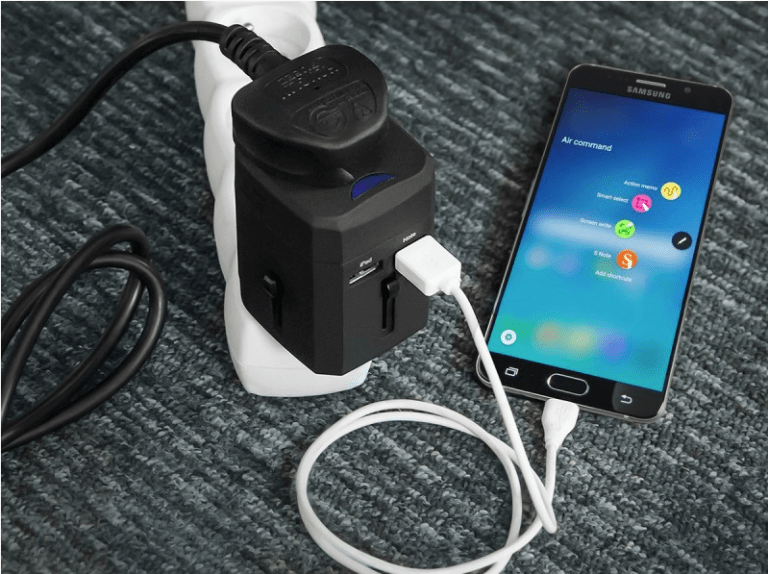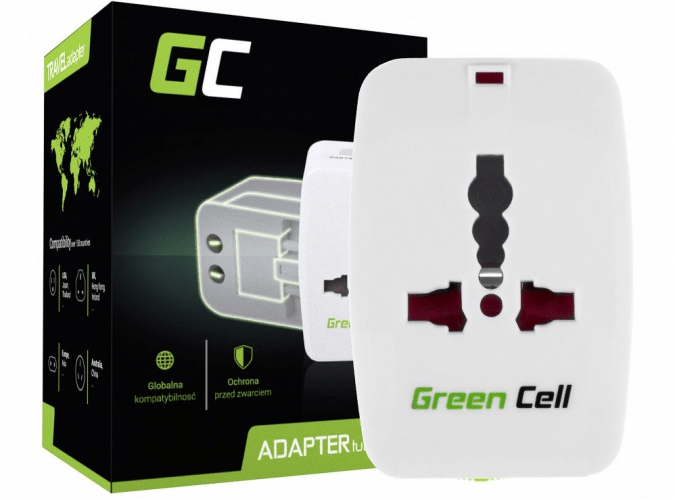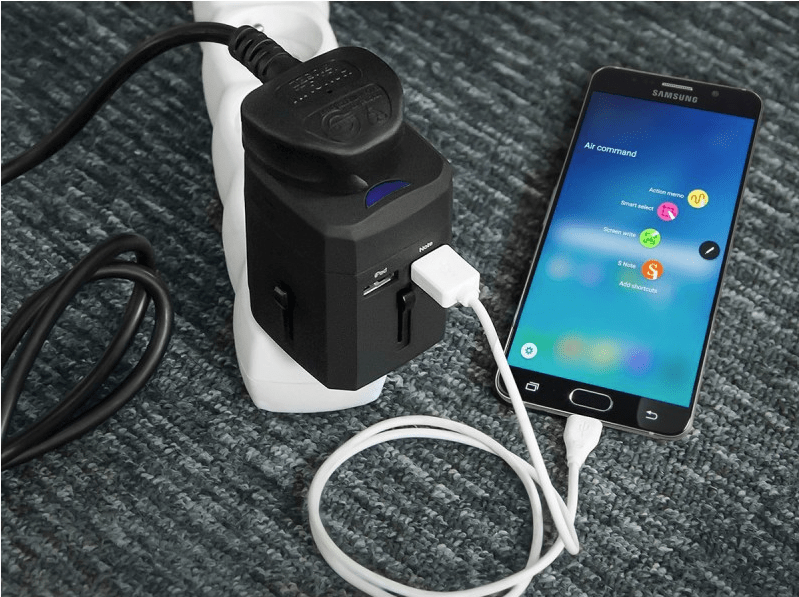When planning a holiday abroad, it is worth finding out what types of power sockets we can find on the spot. In this way we will save ourselves unnecessary stress when it turns out that we cannot charge our phone or laptop, and the cost of the adapter is much higher than in Poland.
Why do we have as many as 14 types of power sockets in the world?
Initially, electricity was mainly used to light houses, but when the first electrical appliances appeared, it was necessary to develop a safe way of connecting them to the network. That is why almost every country developed its own standard of appearance of sockets, which was not a problem at the time, because mobility was much less than nowadays and the amount of electrical equipment used for travel was negligible.
Over time, it was noticed how difficult the variety of socket types was, and attempts were made to standardize the appearance of sockets. Unfortunately, none of them was successful. It was not possible to determine which type of socket could be the universal one, and the costs of implementing a unified standard would be too high. Another important aspect was the difference in current voltages, which resulted in different types of sockets in different countries. Currently, most devices can operate in the 110 to 250V range, but once the device was connected to the wrong voltage, it could end up being damaged or destroyed.

The most common types of power sockets in different countries
Europe
The electrical sockets that we use in Poland on a daily basis are type E sockets. It is worth to remember, however, that in past the most popular type was the so-called “pig”, means a round socket with space for two pins. Also popular is the F type socket, which has two grounding plates and comes from Germany. The most popular in Poland socket type E has one grounding pin and originally comes from France. The same type of sockets is present in most European countries, but there are also exceptions.
In the UK, G type sockets are used, for which a device with 3 thick pins is needed.
The G socket is also popular in Cyprus, Malta and Ireland. In Italy, the L-type socket is the most popular one, where a plug with three pins in one line fits, but in this case it is also possible to use a plug equipped with two pins. In Switzerland, on the other hand, we will see a J type socket, where the grounding pin is below the other two, while in Denmark, a K type socket is popular, which has an additional grounding pin at the bottom. In both countries we are able to connect a Polish plug, unless it has a grounding pin.
North, Central and South America
In North and Central American countries (countries such as the USA, Mexico, Guatemala, Jamaica, Haiti, Panama and others) A and B sockets are used. In South America we will need an adapter in Argentina (type I sockets), Venezuela, Colombia, Guyana, Ecuador and Suriname – all use A and B sockets (the same as the USA). In Chile and Uruguay we will find Italian type (L) sockets, so we can try using Polish plugs.
Africa
Most African countries use European type sockets (mostly G type, used in the UK), but countries like South Africa and Namibia use M type sockets, for which we will need an adapter.


Asia
In Asia we will need an adapter in China (type I sockets), as well as in India, Pakistan, Bangladesh, Malaysia, Singapore, Hong Kong, Sri Lanka and Nepal (they use sockets similar to those in the UK). The adapter will also be useful in Japan and the Philippines, where you will find sockets of the American type. In Israel, in turn, we can find H-type plugs. Their older version was equipped with two round pins, to which Polish plugs fit, but newer ones have flat elements, to which an adapter will be necessary. United Arab Emirates, Oman, Yemen, Iraq, Qatar and Jordan use mostly British sockets, while Saudi Arabia uses American type sockets.
How to deal with different types of sockets?
When going to a country where you will find sockets of a different type than those found in Poland, it is worth to buy an adapter for this particular model. However, if we travel frequently or to different countries, it is worth considering buying a tourist adapter, which is a multi-purpose adapter and will be used to recharge electric devices in almost every country in the world.


Green Cell travel adapters are compatible with sockets type A, B, C, E, F, G, I, J, K and L. This means that they will serve us in all countries of the world except Libya, Namibia and Lesotho, which use D and M sockets.


The advantage of the tourist adapter is its versatility, as well as its small size and weight, which makes it fit into any luggage. Also the cost of the adapter is lower than buying several types of adapters. In addition, the AK40 adapter is equipped with two USB ports, which makes it easy to charge your smartphone or other devices adapted to USB or USBC cables. For travel adapters (which are sure to be useful during the trip) we invite you to our shop. If you want to know what other electronic gadgets can be useful during the journey, we invite you to the text of 7 electronic gadgets necessary during the journey.
Author: Krzysztof Wołongiewicz
Related posts
Most viewed entries
- Polish Inventors Who Changed the World – Do You Know Them All?
- The Scariest Myths About Electronic Devices – Halloween 2024
- The history of bicycle – International Bicycle Day
- Electricity in a camper van on holiday – a conundrum easily solve
- Off-grid installation on a plot. Is it worth it?
- Charging your electric car at home without a wallbox

